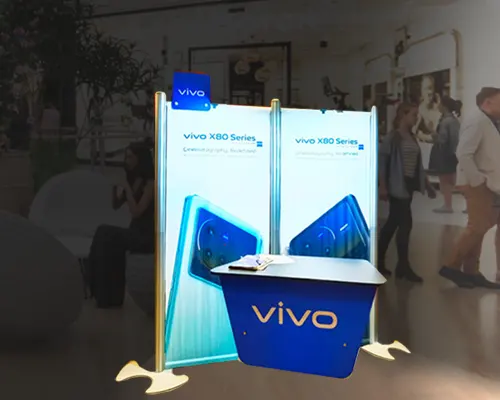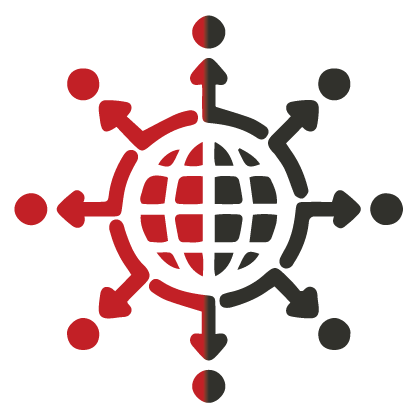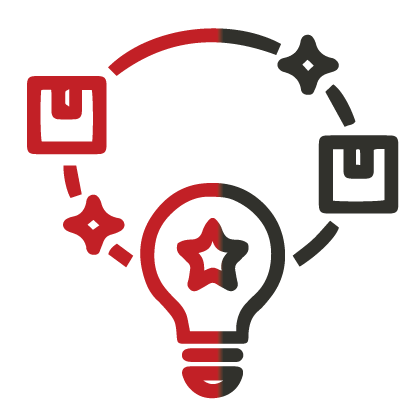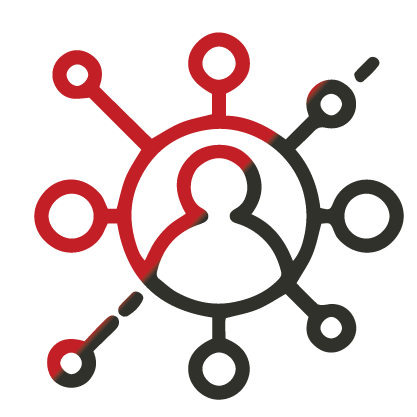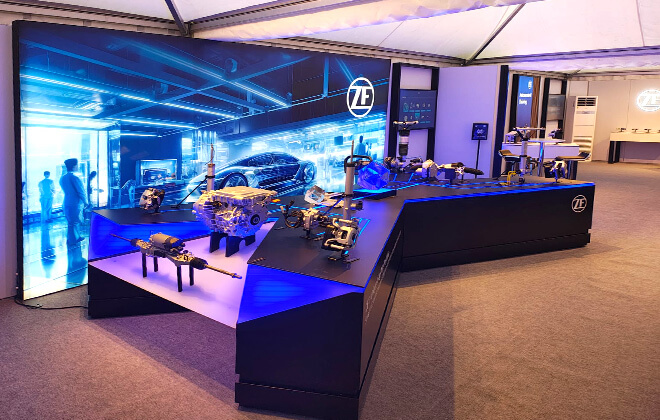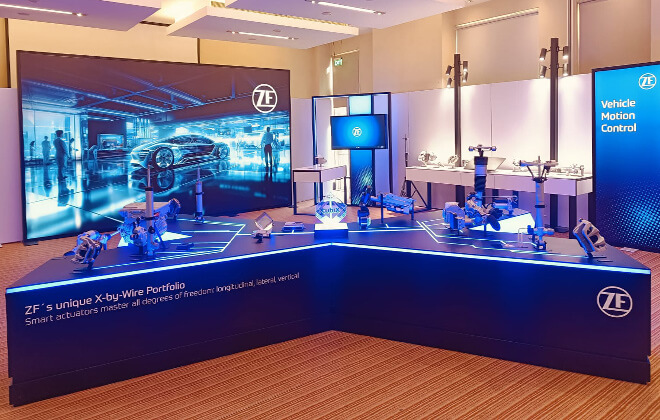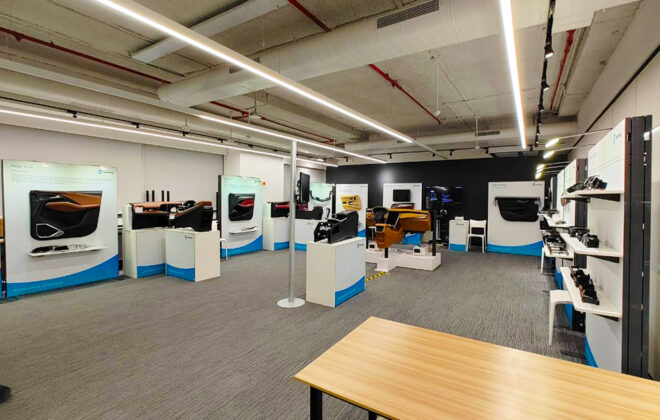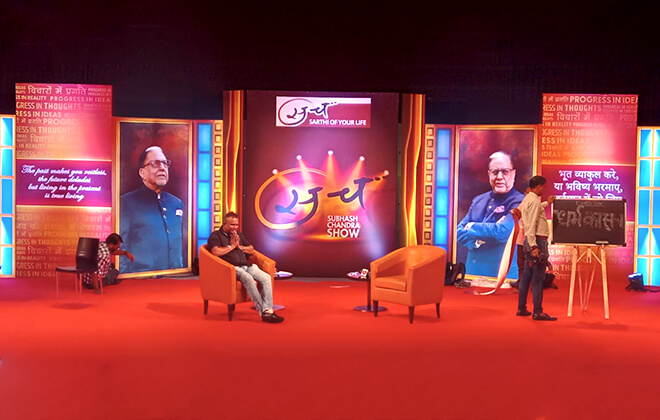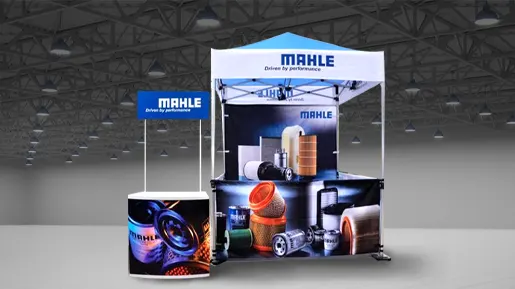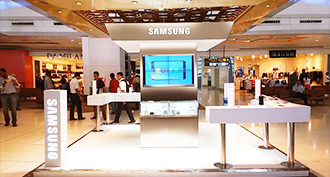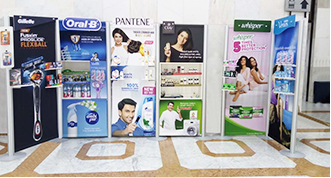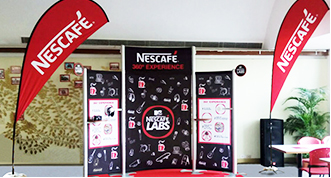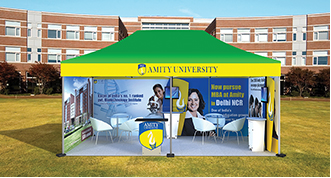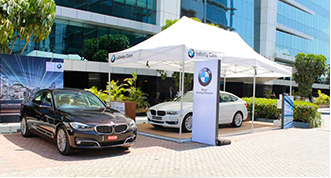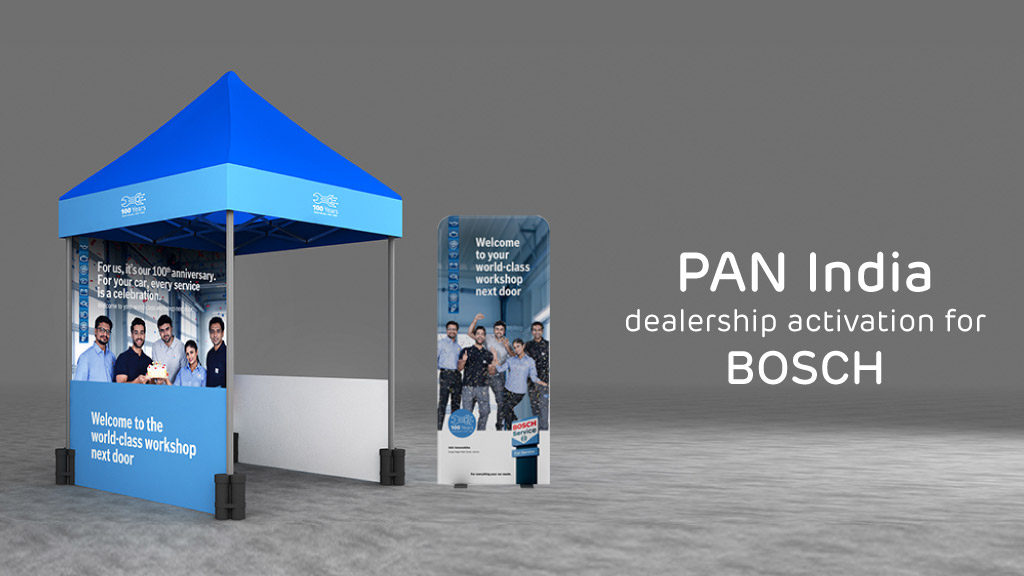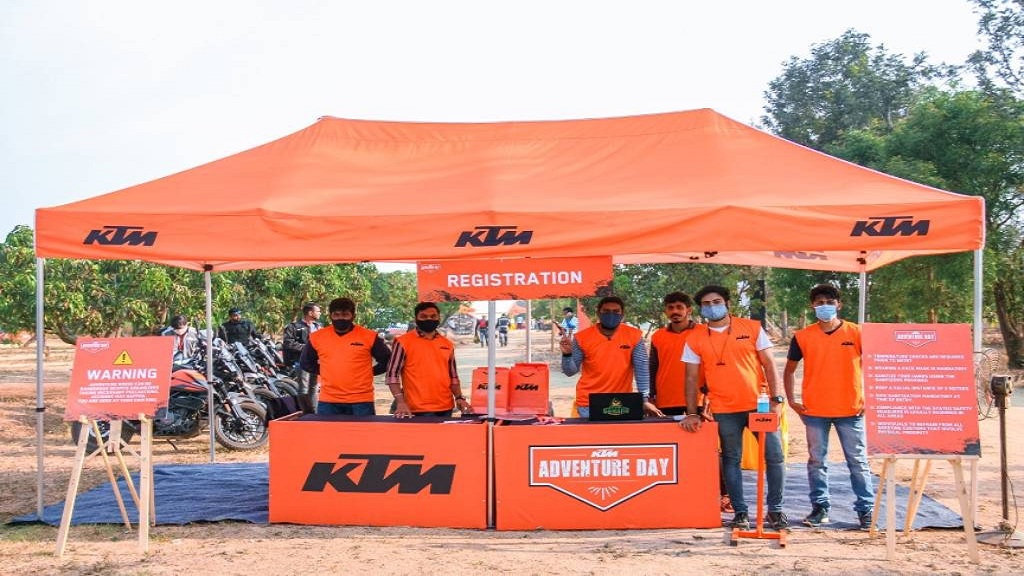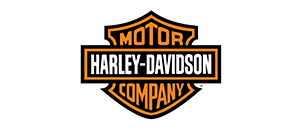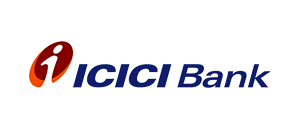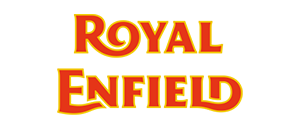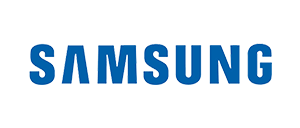BTL marketing, also called Below-The-Line marketing, is a targeted form of advertising aimed at directly engaging specific consumer groups, and encouraging immediate responses and measurable results. This type of marketing offers precision and clarity in tracking return on investment (ROI). Common examples include direct mail campaigns, email marketing, experiential events, in-store promotions, and targeted digital ads.
Businesses looking to build meaningful connections with their target audience find BTL strategies valuable. For instance, personalised email campaigns can directly engage customers who have shown interest previously, ensuring relevant and cost-effective interactions. Also, the effectiveness of these campaigns can be monitored through metrics like click-through rates, conversion rates, and generated sales.
With the increasing focus on data-driven marketing, BTL strategies have become even more impactful. Insta Group helps brands execute high-impact BTL campaigns through innovative activations and promotional setups tailored to specific audience segments. These targeted efforts ensure stronger consumer engagement and measurable outcomes, making BTL marketing an essential approach for modern businesses.
Benefit of partnering with insta brand activation
Insta Brand Activation designs and develops versatile setups for various BTL marketing activities, offering bespoke solutions for society activation, mall activation, corporate activation, and more. Our setups are built to withstand the wear and tear of rigorous promotions and unpredictable venues, ensuring reliability and impact.
We provide a range of solutions for your promotional activities. From design and production to logistics, installation, and dismantling, our team handles everything according to your budget and requirements. Our end-to-end service ensures a smooth experience and maximum effectiveness.
To deliver premium-quality promotional displays and activation setups, we conduct quality checks in our manufacturing facilities in Mumbai, Haridwar, and Gurugram. Our in-house production guarantees that every setup meets the highest standards of quality and durability.
Insta Brand Activation has an extensive network to facilitate hassle-free promotions across the country. We conduct PAN India promotions, ensuring convenient delivery and flawless execution wherever you are promoting your brand.
What are the benefits of BTL marketing?

BTL marketing allows brands to establish genuine, personal connections with their audience. This direct communication allows brands to understand consumer needs and preferences, while consumers gain clarity about the brand’s offerings and core values.
If your brand aims at boosting its visibility, BTL marketing serves an ideal solution. This strategy has proven itself effective in boosting brand awareness and connecting with new audiences. In the modern competitive landscape, brands position themselves through trending events and platforms – offline and social media. It highlights the brand’s presence, drawing attention and creating lasting impressions through personalised campaigns.
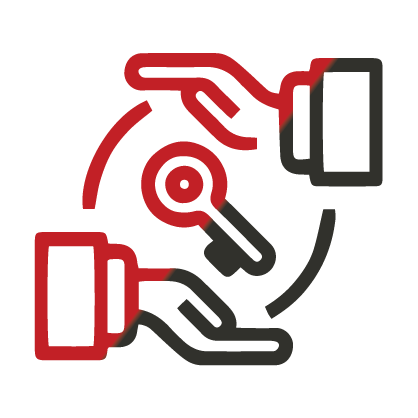
This marketing strategy allows brands to identify and engage their ideal consumers through advanced segmentation and data analytics. By focusing on specific consumer segments, brands can deliver deeply resonating, personalised messages and boost engagement levels.
As brands engage directly with their target audience, this marketing strategy ensures maximum return on investment, cutting down unnecessary expenses. Unlike mass media strategies, it enables focused interactions and delivers impactful results.
The strategic approach of this marketing allows businesses to adapt or refine campaigns based on real-time customer feedback and changing market conditions. This flexibility is important in today’s dynamic market, helping brands stay responsive and aligned with customer preferences and drive stronger outcomes.
What is the difference between ATL, BTL and TTL advertising?
ATL (Above-The-Line), BTL (Below-The-Line), and TTL (Through-The-Line) are different marketing strategies used to target audiences in various ways. Each approach has its own methods and objectives. Here’s a detailed explanation of the differences:
ATL (Above-The-Line) Advertising
ATL advertising uses mass media to reach a wide audience. It is typically aimed at brand awareness and broad reach rather than direct sales.
Common Channels:
● Television: Commercials aired on various TV channels.
● Radio: Advertisements broadcasted on different radio stations.
● Print Media: Ads in newspapers, magazines, and billboards.
● Cinema: Ads shown before movies in theatres.
● Online Display Ads: Banner ads and pop-ups on websites.
BTL (Below-The-Line) Advertising
BTL advertising focuses on direct, targeted, and personalised communication. It aims to engage specific groups of consumers and drive immediate actions.
Common Channels:
● Direct Mail: Personalised promotional materials sent directly to individuals.
● Email Marketing: Targeted email campaigns with personalised content.
● Events and Trade Shows: Engaging potential customers through exhibitions and events.
● Sampling and Demonstrations: Providing free samples or product demonstrations.
● In-Store Promotions: Point-of-sale displays and special offers within stores.
TTL (Through-The-Line) Advertising
TTL advertising is a blend of both ATL and BTL strategies. It aims to create a comprehensive marketing campaign that uses both mass media and direct engagement to achieve overall marketing goals.
Common Channels:
● Integrated Marketing Campaigns: Combining TV ads with social media engagement and email follow-ups.
● Digital Marketing: Using online platforms to target specific audiences while maintaining broad brand visibility.
● Content Marketing: Creating and distributing valuable content across multiple channels to attract and engage a specific audience.
Key Differences
1. Cost:
- ATL: Generally higher costs due to the use of expensive mass media channels.
- BTL: Often more cost-effective due to targeted and direct methods.
- TTL: A balanced budget that leverages both ATL and BTL strategies.
2. Engagement:
- ATL: Low direct engagement, focusing on awareness.
- BTL: High direct engagement, focusing on interaction and immediate response.
- TTL: Moderate engagement, combining both awareness and interaction.
3. Measurement:
- ATL: Harder to measure direct impact and ROI.
- BTL: Easier to track and measure specific results and ROI.
- TTL: Provides a more comprehensive measurement of campaign effectiveness.
CLIENT WE SERVED

Get in touch with us
Activate your Brand with active box

